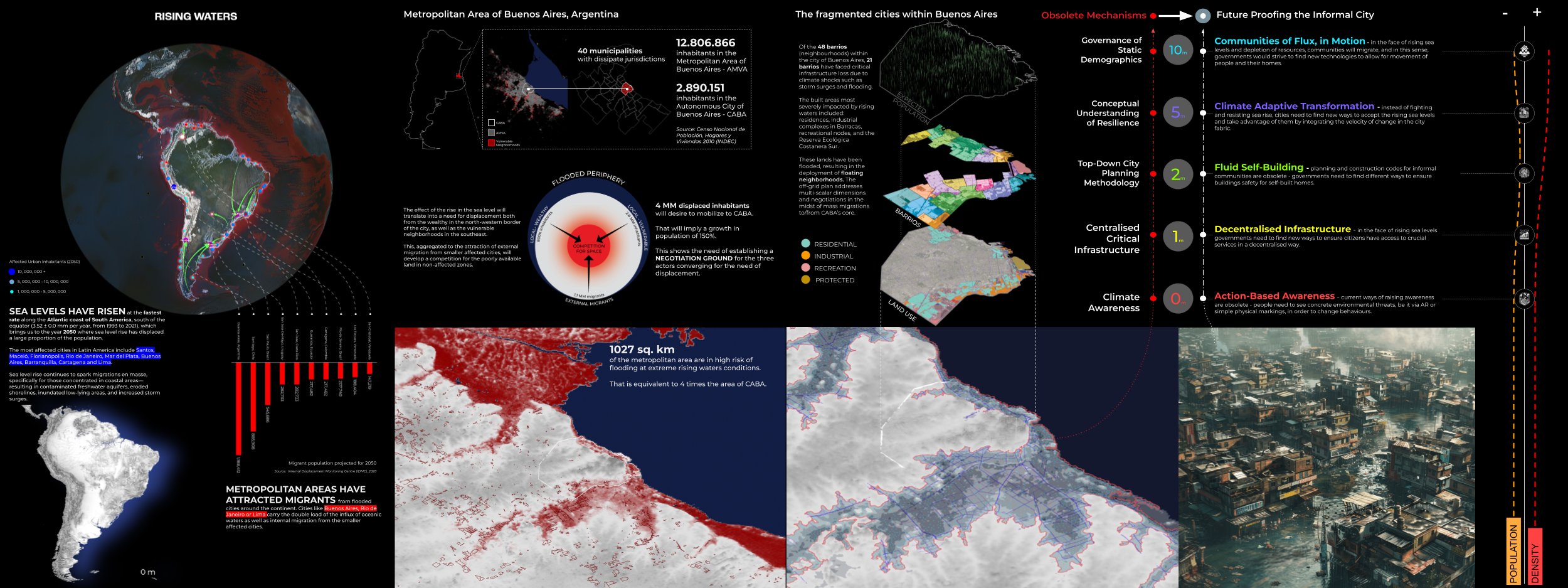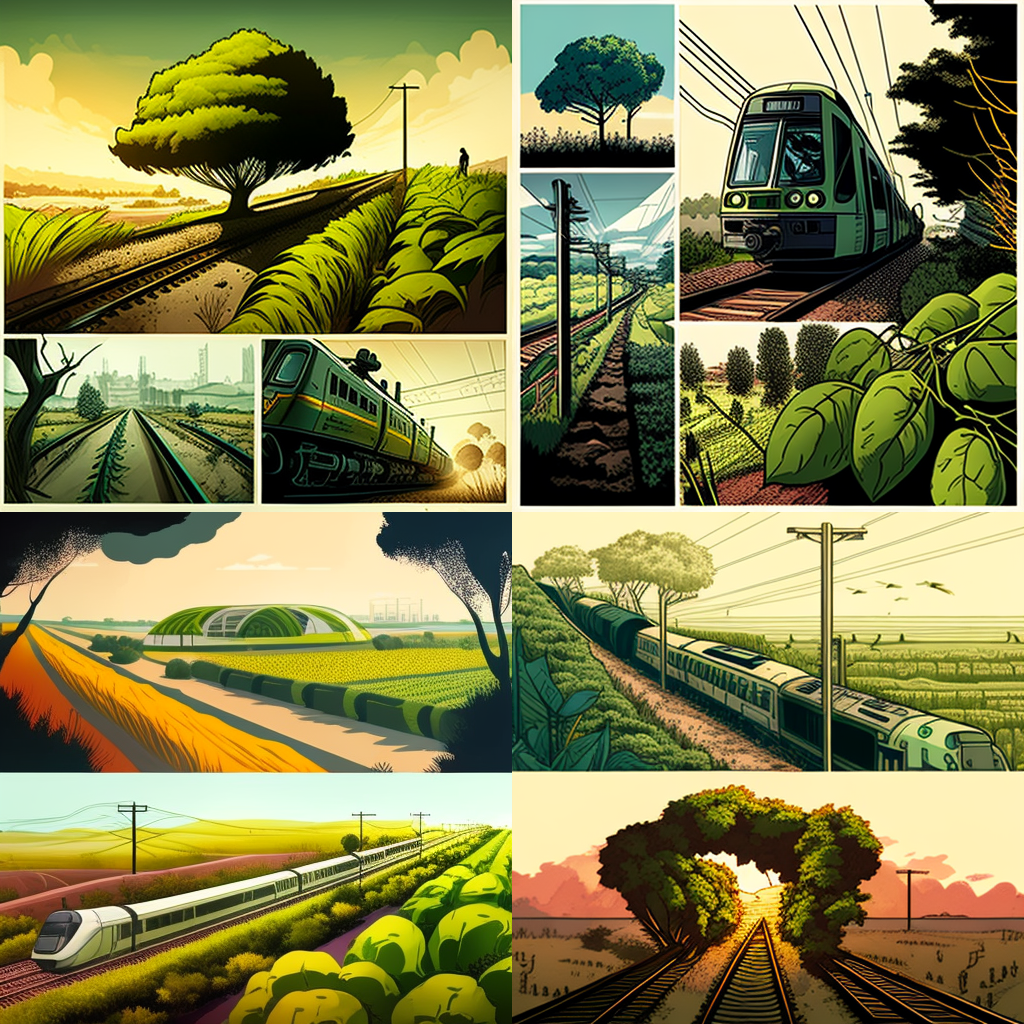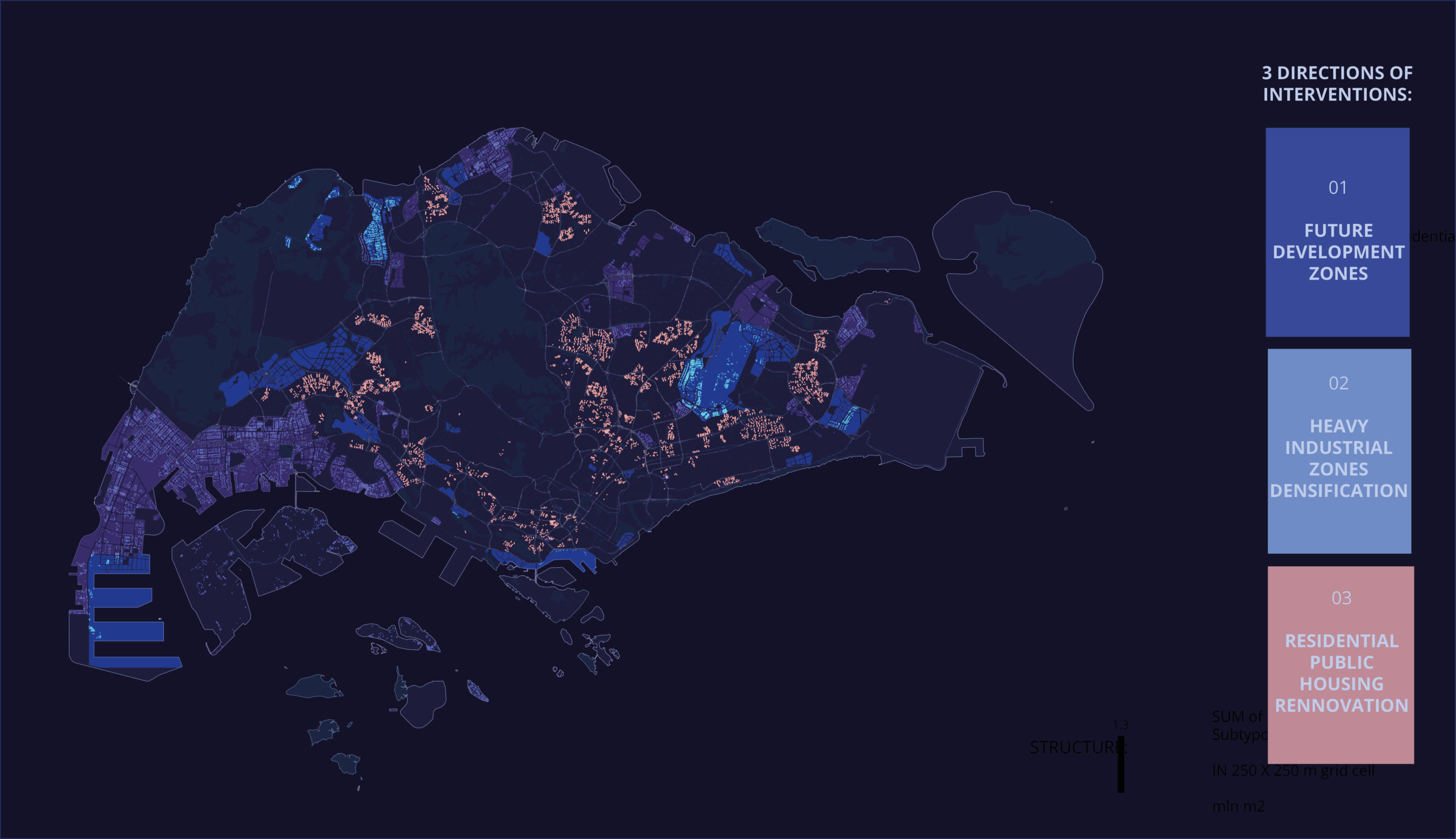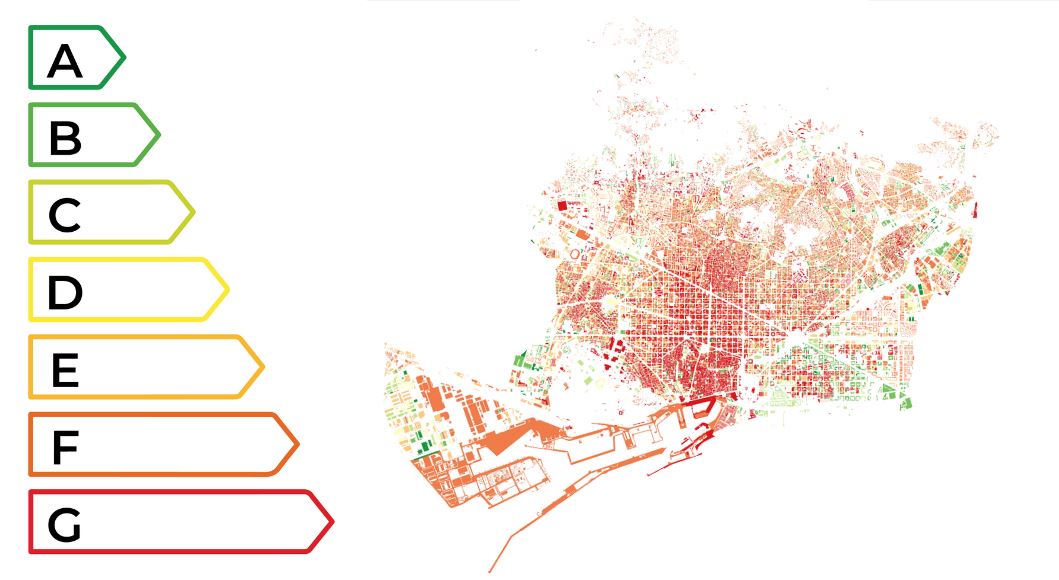CARABASSES
The aim of this workshop was to propose an interview in one of the many farms in Parc Agrari complex. It is understood by local municipality and consortium of the park that the whole Parc Agrari has been suffering pressure from the real state market, in order to give the land up for the construction … Read more













